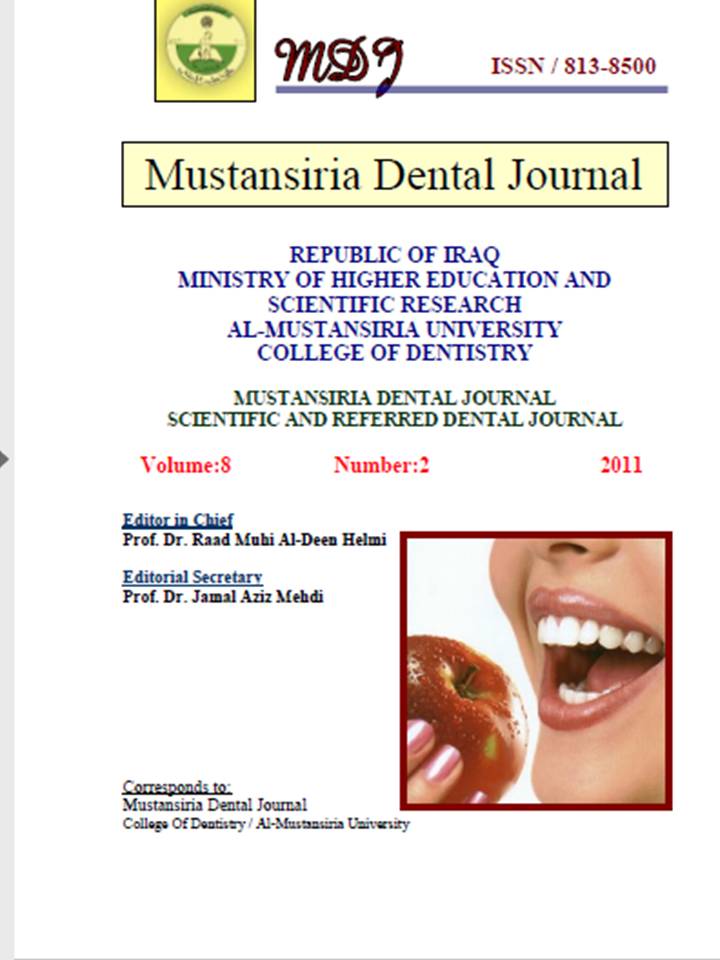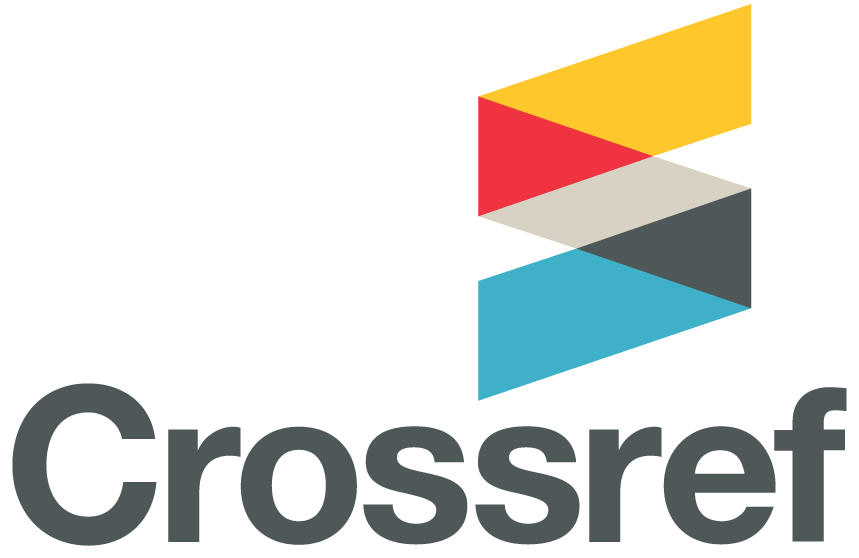Nickel & Chromium Ions Release from Fixed Orthodontic Appliances in Iraqi patients
DOI:
https://doi.org/10.32828/mdj.v8i2.317Keywords:
Key words: Nickel, chromium, fixed orthodontic appliancesAbstract
Nickel and chromium can cause hypersensitivity in some people , this study was
conducted to investigate the alteration in the nickel and chromium concentrations in
saliva of patients with fixed orthodontic appliance.
The investigation is comprised of 45 orthodontic patients .The selected sample
divided into 3 groups. The first group consisted of 15 patients with fixed appliances
in their upper & lower arches. The second group consisted of 15 patients with a fixed
appliance placed only in the upper arch. The control group consisted of 15 patients
who were not undergoing orthodontic treatment.
Nickel and chromium release was quantified with the use of an atomic absorption
spectrophotometr. The analysis of variance was used to determine if differences
existed between the nickel and chromium release according to time interval. Four
samples of stimulated saliva were collected from each patient before insertion of fixed
appliance, 1 week , 1month , and 2month after insertion of the appliance.
A considerable variation in the concentrations of both nickel and chromium was
observed. Significant differences were found between the no-appliance samples and
the samples obtained after insertion of the appliance.
Nickel and chromium concentrations of saliva are significantly affected by fixed
orthodontic appliances during the first 2 month of treatment.

Downloads
Published
Issue
Section
License
The Journal of Mustansiria Dental Journal is an open-access journal that all contents are free of charge. Articles of this journal are licensed under the terms of the Creative Commons Attribution International Public License CC-BY 4.0 (https://creativecommons.org/licenses/by/4.0/legalcode) that licensees are unrestrictly allowed to search, download, share, distribute, print, or link to the full texts of the articles, crawl them for indexing and reproduce any medium of the articles provided that they give the author(s) proper credits (citation). The journal allows the author(s) to retain the copyright of their published article.
Creative Commons-Attribution (BY)








